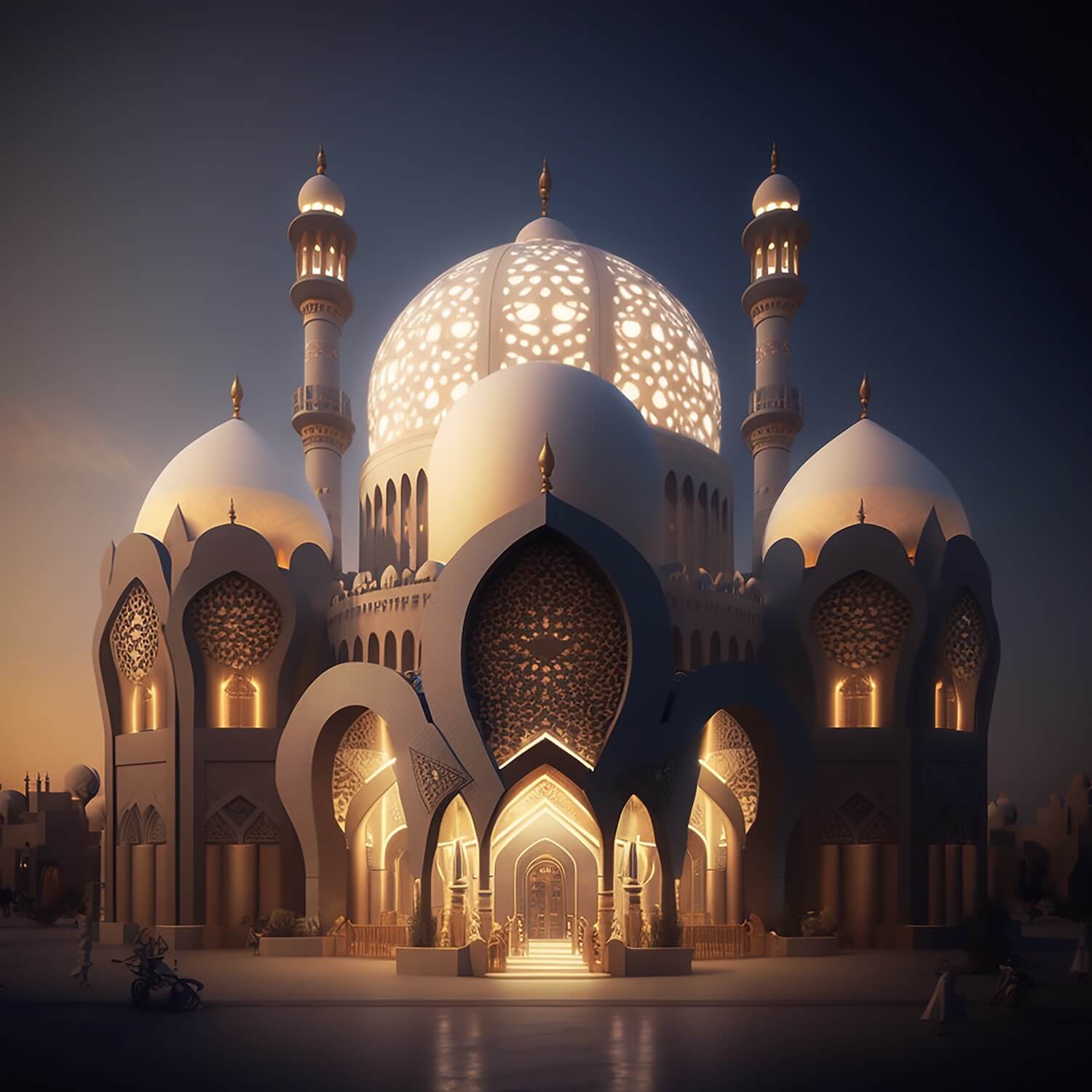The Sultan Hassan Mosque and Madrasa is one of the largest and highest built mosques in Egypt. It was built by Sultan Hassan bin al-Nasser Muhammad bin Qalawun between (757 AH/1356 AD) and (764 AH/1362 AD) and is located at the end of Muhammad Ali Street in front of al-Rifai Mosque in Salah al-Din Square (Salah al-Din Square).
The mosque consists of a central open courtyard with a fountain in the centre, surrounded by four iwan (a square or rectangular space closed on three sides and fully open on the fourth side), and in the four corners of the courtyard there are four doors leading to the four schools dedicated to teaching the four schools of thought, each consisting of a courtyard, iwan, residential cells for students, as well as service annexes and two minarets.
The Sultan Hassan Mosque was used as a fortress due to its proximity to the Citadel, from the roof of which catapults were fired at the Citadel when strife erupted between the Mamluk princes. The most important feature of the mosque is the domes with magnificent decorations and distinctive architectural design. It is also characterised by the beauty and precision of the stone and stucco decorations, especially in the Kufic script, as well as the marble work and the beauty of the decorations in the mihrab of the main iwan and the mihrab of the dome, the marble minbar entrance with intricate details, the marble dukkah, and finally the dukkah of the reciter with geometric inserts assembled in the shapes of star-shaped dishes.




